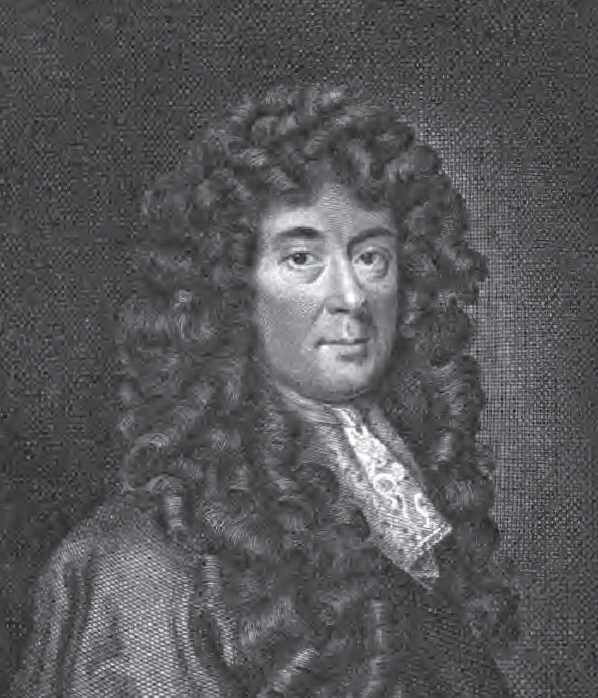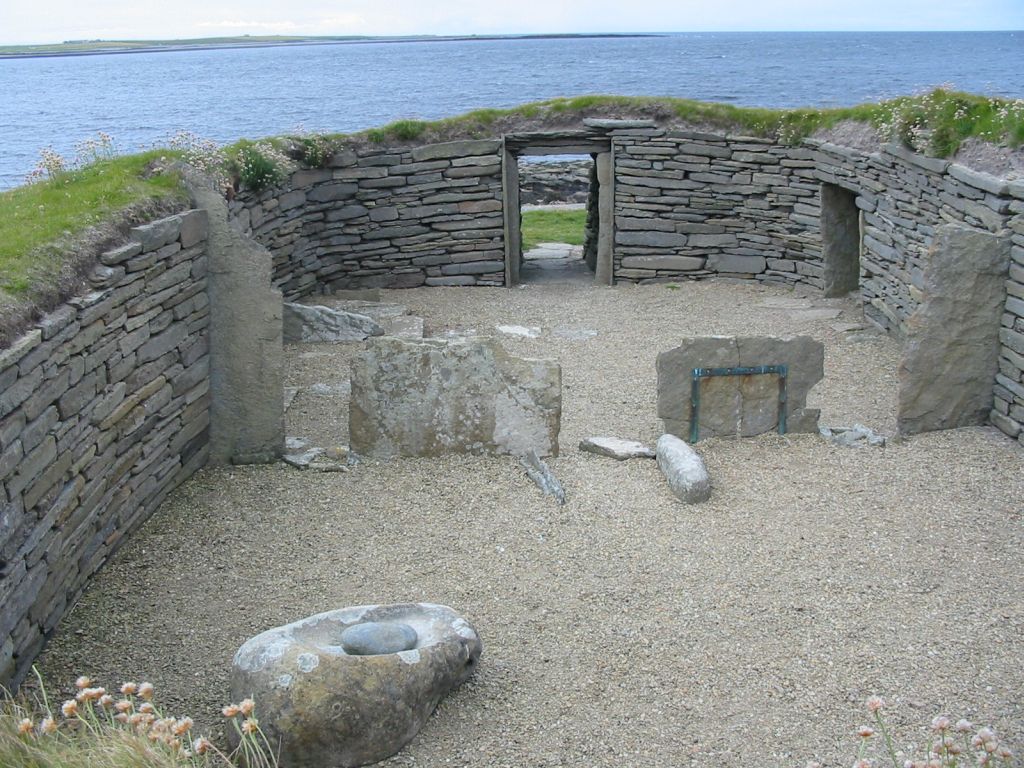|
The Killing Time
The Killing Time was a period of conflict in Scottish history between the Presbyterian Covenanter movement, based largely in the southwest of the country, and the government forces of Kings Charles II of England, Charles II and James II of England, James VII. The period, roughly from Covenanters#1679 Rebellion and the Killing Time, 1679 to the Glorious Revolution of 1688, was subsequently called ''The Killing Time'' by Robert Wodrow in his ''The History of the Sufferings of the Church of Scotland from the Restoration to the Revolution'', published in 1721–22. It is an important episode in the martyrology of the Church of Scotland. Background In the century following the Scottish Reformation Parliament, Reformation Parliament of 1560, the question of church government had been one of growing tension between popular opinion and the Monarch. While the Church of Scotland was Presbyterian in its legal status according to various acts of Parliament, James VI and I, King Jam ... [...More Info...] [...Related Items...] OR: [Wikipedia] [Google] [Baidu] |
Restoration (Scotland)
The Restoration was the return of the monarchy to Scotland in 1660 after the period of the Scotland under the Commonwealth, Commonwealth, and the subsequent three decades of Scottish history until the Revolution of 1689, Revolution and Convention of Estates of 1689. It was part of a wider Restoration (1660), Restoration in the British Isles that included the return of the Stuart dynasty to the thrones of English monarchy, England and Irish monarchy, Ireland in the person of Charles II of Scotland, Charles II. As military commander of the Commonwealth's largest armed force, George Monck, 1st Duke of Albemarle, George Monck, governor-general in Scotland, was instrumental in the restoration of Charles II, who was proclaimed king in Edinburgh on 14 May 1660. There was a general pardon for offences during the Wars of the Three Kingdoms, but four individuals were excepted and executed. Under the eventual political settlement Scotland regained its independent system of law, parliament ... [...More Info...] [...Related Items...] OR: [Wikipedia] [Google] [Baidu] |
George Mackenzie (lawyer)
Sir George Mackenzie of Rosehaugh (1636 – May 8, 1691) was a Scotland, Scottish lawyer, Lord Advocate, essayist and legal writer. He was nicknamed Bloody Mackenzie. Early life Mackenzie, who was born in Dundee, was the son of Sir Simon Mackenzie of Lochslin (died c. 1666) and Elizabeth Bruce, daughter of the Reverend Peter Bruce, minister of St Leonard's, and Principal of St Leonard's Hall in the University of St Andrews. He was a grandson of Kenneth Mackenzie, 1st Lord Mackenzie of Kintail, Kenneth, Lord Mackenzie of Kintail and a nephew of George Mackenzie, 2nd Earl of Seaforth. He was educated at the King's College, Aberdeen, King's College, University of Aberdeen (which he entered in 1650), the University of St Andrews, and the University of Bourges in France. Career Mackenzie was elected to the Faculty of Advocates in 1659, and spoke in defence at the trial of Archibald Campbell, 1st Marquess of Argyll, Archibald Campbell, Marquis of Argyll in 1661. He acted as justic ... [...More Info...] [...Related Items...] OR: [Wikipedia] [Google] [Baidu] |
Church Of Scotland
The Church of Scotland (CoS; ; ) is a Presbyterian denomination of Christianity that holds the status of the national church in Scotland. It is one of the country's largest, having 245,000 members in 2024 and 259,200 members in 2023. While membership in the church has declined significantly in recent decades (in 1982 it had nearly 920,000 members), the government Scottish Household Survey found that 20% of the Scottish population, or over one million people, identified the Church of Scotland as their religious identity in 2019. In the 2022 census, 20.4% of the Scottish population, or 1,108,796 adherents, identified the Church of Scotland as their religious identity. The Church of Scotland's governing system is Presbyterian polity, presbyterian in its approach, therefore, no one individual or group within the church has more or less influence over church matters. There is no one person who acts as the head of faith, as the church believes that role is the "Lord God's". As a pro ... [...More Info...] [...Related Items...] OR: [Wikipedia] [Google] [Baidu] |
Scottish Reformation Parliament
The Scottish Reformation Parliament was the assembly elected in 1560 that passed legislation leading to the establishment of the Church of Scotland. These included the Confession of Faith Ratification Act 1560; and Papal Jurisdiction Act 1560. The legislation was not formally approved until 1567, when it was ratified by James VI. Background In 1559, John Knox returned to Scotland, marking a new effort in his battle to reform the nation. Scottish Protestants in the 1520s and 1530s were Lutheranism, Lutherans such as Patrick Hamilton (martyr), Patrick Hamilton and George Wishart, who translated the First Helvetic Confession written by Heinrich Bullinger, marking the impact of the Swiss Reformation. With the return of Knox from Geneva Scottish Protestantism, Protestants rallied around him and the Scottish Protestant Reformation, Reformation continued to be characterised by the example of John Calvin in Geneva. Queen dowager Mary of Guise, acting as regent for her daughter Mary, Qu ... [...More Info...] [...Related Items...] OR: [Wikipedia] [Google] [Baidu] |
Martyrology
A martyrology is a catalogue or list of martyrs and other saints and beati arranged in the calendar order of their anniversaries or feasts. Local martyrologies record exclusively the custom of a particular Church. Local lists were enriched by names borrowed from neighbouring churches. Consolidation occurred, by the combination of several local martyrologies, with or without borrowings from literary sources. This is the now accepted meaning in the Latin Church. In the Eastern Orthodox Church, the nearest equivalent to the martyrology are the Synaxaria and the longer Menaia, both sometimes known as Menologia. Simple martyrologies only enumerate names. Historical martyrologies, also sometimes called passionaries, also include stories or biographical details. Oldest examples The martyrology, or ''ferial'', of the Roman Church in the middle of the fourth century still exists. It comprises two distinct lists, the '' Depositio martyrum'' and the '' Depositio episcoporum'', lists ... [...More Info...] [...Related Items...] OR: [Wikipedia] [Google] [Baidu] |
Robert Wodrow
Robert Wodrow (167921 March 1734) was a Scotland, Scottish minister and historian, known as a chronicler and defender of the Covenanters. Robert Wodrow was born at Glasgow, where his father, James Wodrow, was a Professor of Divinity (Glasgow), professor of divinity. Robert was educated at university of Glasgow, the university and was librarian from 1697 to 1701. From 1703 till his death, he was parish minister at Eastwood, Glasgow, Eastwood, near Glasgow. He had sixteen children, his son Patrick being the "auld Wodrow" of Robert Burns, Burns's poem The Holy Tulzie, Twa Herds. Biography Robert Wodrow was the youngest son of James Wodrow, Professor of Divinity (Glasgow), Professor of Divinity, at the University of Glasgow. He was born in the Trongate there, April (or September) 1679. At the very hour of his birth, soldiers under warrant of the Privy Council of Scotland, Privy Council, were searching the house to seize his father, but the latter, having exchanged clothes with the ph ... [...More Info...] [...Related Items...] OR: [Wikipedia] [Google] [Baidu] |
Covenanters
Covenanters were members of a 17th-century Scottish religious and political movement, who supported a Presbyterian Church of Scotland and the primacy of its leaders in religious affairs. It originated in disputes with James VI and his son Charles I over church organisation and doctrine, but expanded into political conflict over the limits of royal authority. In 1638, thousands of Scots signed the National Covenant, pledging to resist changes in religious practice imposed by Charles. This led to the 1639 and 1640 Bishops' Wars, which ended with the Covenanters in control of the Scottish government. In response to the Irish Rebellion of 1641, Covenanter troops were sent to Ireland, and the 1643 Solemn League and Covenant brought them into the First English Civil War on the side of Parliament. As the Wars of the Three Kingdoms progressed, many Covenanters came to view English religious Independents like Oliver Cromwell as a greater threat than the Royalists, particu ... [...More Info...] [...Related Items...] OR: [Wikipedia] [Google] [Baidu] |
Presbyterian
Presbyterianism is a historically Reformed Protestant tradition named for its form of church government by representative assemblies of elders, known as "presbyters". Though other Reformed churches are structurally similar, the word ''Presbyterian'' is applied to churches that trace their roots to the Church of Scotland or to English Dissenter groups that were formed during the English Civil War, 1642 to 1651. Presbyterian theology typically emphasises the sovereignty of God, the authority of the Scriptures, and the necessity of grace through faith in Christ. Scotland ensured Presbyterian church government in the 1707 Acts of Union, which created the Kingdom of Great Britain. In fact, most Presbyterians in England have a Scottish connection. The Presbyterian denomination was also taken to North America, Australia, and New Zealand, mostly by Scots and Scots-Irish immigrants. Scotland's Presbyterian denominations hold to the Reformed theology of John Calvin and his ... [...More Info...] [...Related Items...] OR: [Wikipedia] [Google] [Baidu] |
Scottish History
The recorded history of Scotland begins with the Scotland during the Roman Empire, arrival of the Roman Empire in the 1st century, when the Roman province, province of Roman Britain, Britannia reached as far north as the Antonine Wall. North of this was Caledonia, inhabited by the ''Picti'', whose uprisings forced Rome's legions back to Hadrian's Wall. As Rome finally Roman withdrawal from Britain, withdrew from Britain, a Gaels, Gaelic tribe from Ireland called the ''Scoti'' began colonising Western Scotland and Wales. Before Roman times, prehistoric Scotland entered the Neolithic Era about 4000 BC, the Bronze Age about 2000 BC, and the Iron Age around 700 BC. The Gaelic kingdom of Dál Riata was founded on the west coast of Scotland in the Scotland in the Early Middle Ages, 6th century. In the following century, History of Christianity in Ireland, Irish missionaries introduced the previously Pictish religion, pagan Picts to Celtic Christianity. Following S ... [...More Info...] [...Related Items...] OR: [Wikipedia] [Google] [Baidu] |




